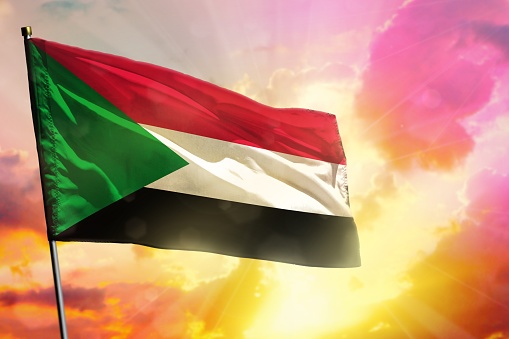Within the midst of Sudan, lies a web of different dialects. Being the third largest country within the continent of Africa, Sudan is known to be home to around 133 living languages- languages citizens use in their daily life.
The sheer number of languages that have evolved throughout the years can make it challenging to get your head around what is what, however if we break it down into categories, we can gain a better insight into this country of diverse dialect.
We will further explore this fascinating country and its extensive multilingualism.
Sudanese Arabic- The First Official Language of Sudan
Sudanese Arabic is spoken by approximately 15 million people in Sudan, making it the most dominant tongue. The language in question is categorised under the Afro-Asiatic family along with 300 other languages spoken North Africa and the Middle East.
This form of Arabic dialect is used widely within Sudan, heavily as a working language, meaning that it is used within the government, religious settings and in the media. Most Sudanese Arabic speakers reside within North Sudan.
Afro-Asiatic Languages in Sudan
The Afro-Asiatic family has two other languages that are spoken around Sudan. Although less common than Arabic, a healthy proportion of the population classify these as first languages.
Hausa: Primarily spoken within western regions.
Beja: Sometimes known as Bedawi, the Beja community has around 2 million speakers.
The Nubian Languages
The Nubian family of dialects is yet another umbrella of languages spoken by Sudanese people. The most prolific of them all is the Nobiin language, which accounts for most of the speakers in this family. It is ordinary for residents of North Sudan to speak Nobiin along with Sudanese Arabic.
In areas such as Khartoum, North Darfur and Jezirat Aba, Midob, a further Nubian language, is known to be spoken by members of the Midob community who have established themselves in these regions over the years.
Nuer and Dinka (Nilo-Saharan)
Prevalent within south-eastern Sudan, the Nuer language makes up 1.4 million of native tongue throughout the population. The Nuer community have a significant number of members residing in areas such as the Nile Valley.
Like Nuer, the Dinka locals have formed a vast community. In fact, they are the largest ethic group within South Sudan. The Dinka language is separated into dialects categorised by region; South-Eastern, South Central, South-Western, North-Eastern and Western.
Both Nilo-Saharan languages are closely related.
English in Sudan
Since 2005, English has been the second official language of Sudan. As with Arabic, it is avidly used in work environments.
Extinct Languages
A language is at risk of becoming extinct if it loses all native speakers. Within Sudan there are now 5 extinct languages. These are Homa, Mittu, Nding, Togoyo and Tarona. It is interesting to note the fact they have now become extinct; this could be due to the evolution of more modern dialects and what is getting taught.
Summary of Thoughts
It is extremely apparent that Sudan is a highly diverse country in terms of dialect. The continuous growth and development of language and culture within the country accounts for the prodigious string of languages. Whilst each one falls into a different category, whether it be regional or communal, each language is unique.
Do You Require an Interpreter or Translator?
If you feel you could benefit from our services, head over to Crystal Clear Translation for a quote.

